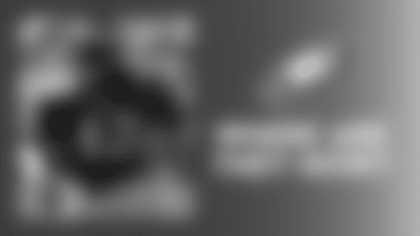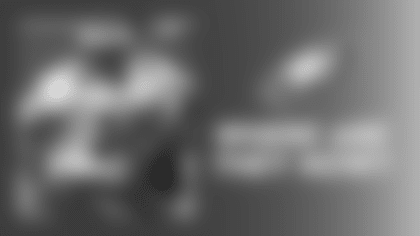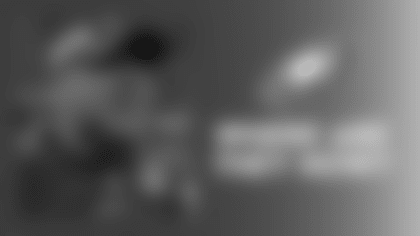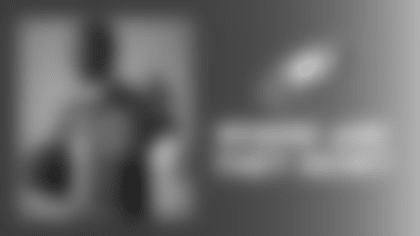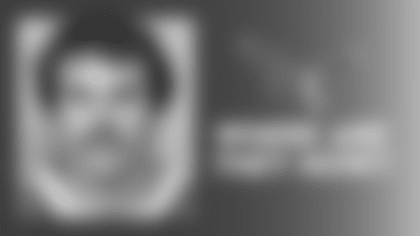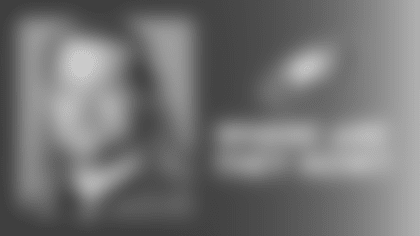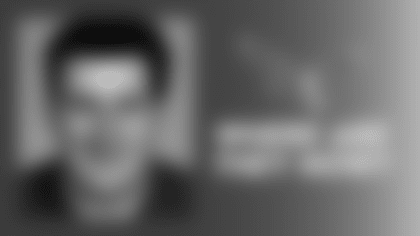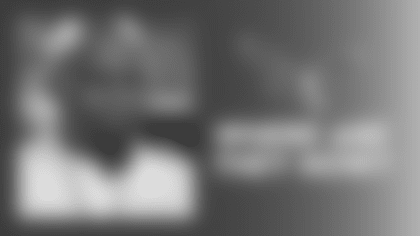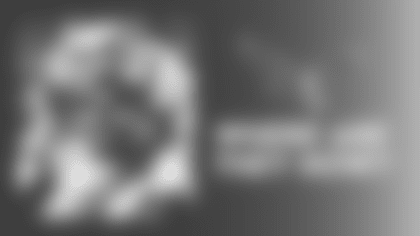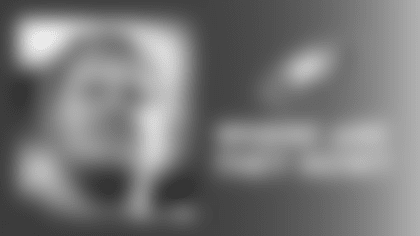If it's highly unusual for a walk-on to make a college football team and succeed, how long are the odds for it occurring in the NFL?
Meet Dick Hart.
Born and raised in Morrisville, a town 30 miles north of Philadelphia, Hart was a standout athlete from the time he was pedaling his bicycle around the neighborhood. As a 12-year-old, he was on the 1955 Little League Baseball World Championship Team. In high school, he was a two-time state shot put champion, and was offered a track scholarship to the University of Kansas. He was offered a football scholarship to Notre Dame, as well.
However, on the evening of his high school graduation in 1961, Hart put aside the college offers, and signed a baseball contract with the then-Milwaukee Braves. Over the next four years, Hart, a catcher, crisscrossed the country and played for Braves' farm teams in Wellsville, New York; Boise, Idaho; Yakima, Washington; and Austin, Texas.
Following the 1965 season, he decided to make a try something different, where he could exchange his shin guards for shoulder pads.
"I thought I would try football because I always loved it more, I think, than baseball," said Hart. "When I was in high school, Joe Kuharich was coaching at Notre Dame (and had recruited me) and was then coaching the Eagles.
"So I wrote Joe a letter and I told him about myself. I then went to the Eagles office and saw Joe, and he signed me as a free agent. They didn't even give me a tryout. I didn't even run for him or anything. I was always an Eagles fan, so it kind of worked out good, the fact that Joe had moved on from coaching at Notre Dame to the Eagles."
Having not played a single down of organized football since he was a high school fullback in the fall of 1960, training camp six years later with the Eagles proved to be a rude and, well, bruising awakening for Hart.
"The Braves told me that weightlifting was bad for you, that it makes a person muscle-bound. So I stopped lifting weights altogether those four years, and I'm kind of sorry I did," Hart said.
"I played defensive line my first week. The second week they moved me to offensive guard. The first day at offensive guard, we had one-on-one blocking, the defensive players and the offensive players, and I had no form or any technique whatsoever. All you do is bang heads, really. That's what it comes down to. And after that drill, I'm walking off the field, and I'm saying to myself, 'What the hell am I doing here?' But I hung in there and everything turned out fine."
After spending the 1966 season on Philadelphia's taxi squad, Hart made the active roster the following year, became the starting left guard, and helped protect veteran quarterback Norm Snead as he set career-high passing records of 3,399 yards and 29 touchdowns.
Hart remained in the starting lineup the next few seasons under Kuharich and his replacement in 1969, Jerry Williams, until he suffered what would be a career-ending knee injury during the 1971 preseason.
By writing a letter to a coach with a good memory, Hart had an opportunity to beat the odds, play a second sport as a professional, and collect many fond memories from his years as an Eagle.
"Making the team without any college experience, that was a big thrill for me," said Hart. "I made the All-Rookie team, but I would say my greatest thrill was beating the Dallas Cowboys my first year in '67. That's when they had (defensive stars) Bob Lilly, and Jethro Pugh, and Lee Roy Jordan, and Chuck Howley, George Andrie. They were always a powerhouse back then, so that was an awfully big thrill for me."
Following his playing days, Hart returned to Morrisville, where he and his wife, Jeanne, owned and operated an ice cream business, Sweet Hart's Ice Cream & Yogurt, for 32 years. They sold it in 2003, and moved to Syracuse, New York, where they live near their children and grandchildren.


